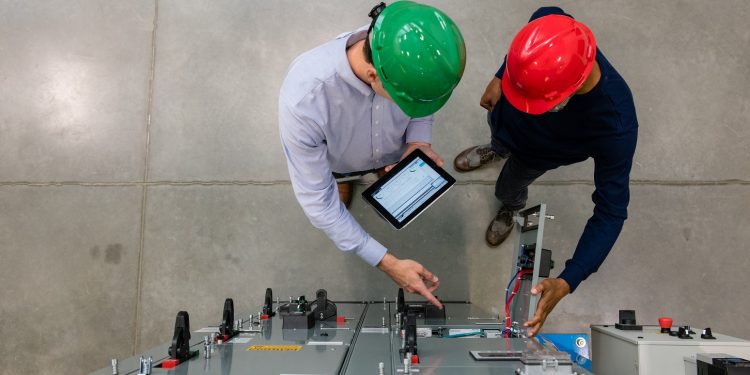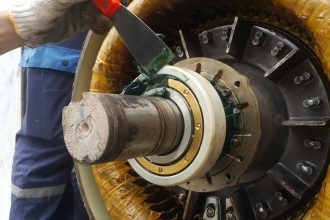An Alarm is Sounding—Now What?

From childhood on, you are programmed to act when an alarm sounds—be it the morning wake up alarm, a fire alarm, or even an alarm signaling something as simple as a refrigerator door left open. The same holds true on the warehousing floor, where alarms sound somewhat frequently—back-up alarms coming from a forklift, gates opening on a mezzanine, or products backing up on a conveyor.
There’s an entirely different level of alarm associated with your various technologies and equipment: those tied to predictive maintenance and condition monitoring purposes. Less frequent and more subtle, these alarms are no less important or emergent than others. Ignoring them can lead to equipment failure, downtime, and expensive fixes or in the worst-case scenario, replacements.
In a worst-case scenario, alarms are flashing on the human/machine interface screens, yet no one is responding. Ultimately, this leads to a fault going unnoticed and the machine breaking down. Depending on the equipment involved, such a breakdown could run up a bill into the tens of thousands of dollars, in short order.
With these alarms, the goal is to prevent all of the above scenarios by alerting users to impending issues. They are application dependent and each asset will have a different set of metrics that lead to sounding an alarm. For instance, in the case of a rolling element bearing, it may be months between the first indication of a fault until actual failure. In the case of a fan, however, if it were to abruptly become massively out of balance, you’d need to address the issue immediately. Setting up alarms accordingly, and then responding in a timely fashion, will make all the difference in how big of a fix is needed.
More importantly is ensuring that the right team member gets the message and then takes the right course of action, in the right amount of time. Otherwise, there is little point in having/setting alarms. For this reason, you want to make sure the alarms sound not just at the point of human/machine interaction (HMI). At the HMI, you likely don’t have an operator equipped with the skills to take action. Instead, see to it that the maintenance/reliability team gets notice of the alarm. If for any reason the alarm goes unacknowledged, it’s important to have a pathway for the alarm to reach the maintenance/reliability team’s management.
Back to the example of a bearing heading toward failure. In an ideal world, the alarm would sound and a maintenance team member would take action. This would involve the team ordering the necessary parts and scheduling a work order. Part in hand, the corresponding staff would carry out the maintenance during scheduled downtime. This is the ideal, best-case scenario, and one all facilities should aim for. Your investment in technology and equipment is well worth the effort to notice and act on alarms.
For more information about the Solutions Community: https://www.mhi.org/solutions-community
For further articles and podcasts from the Solutions Community-Condition Monitoring Committee:
Podcast: Condition Monitoring & Reliability: Insights From The Experts In …
Benefits Of Condition Monitoring Sensors In The Material Handling World



